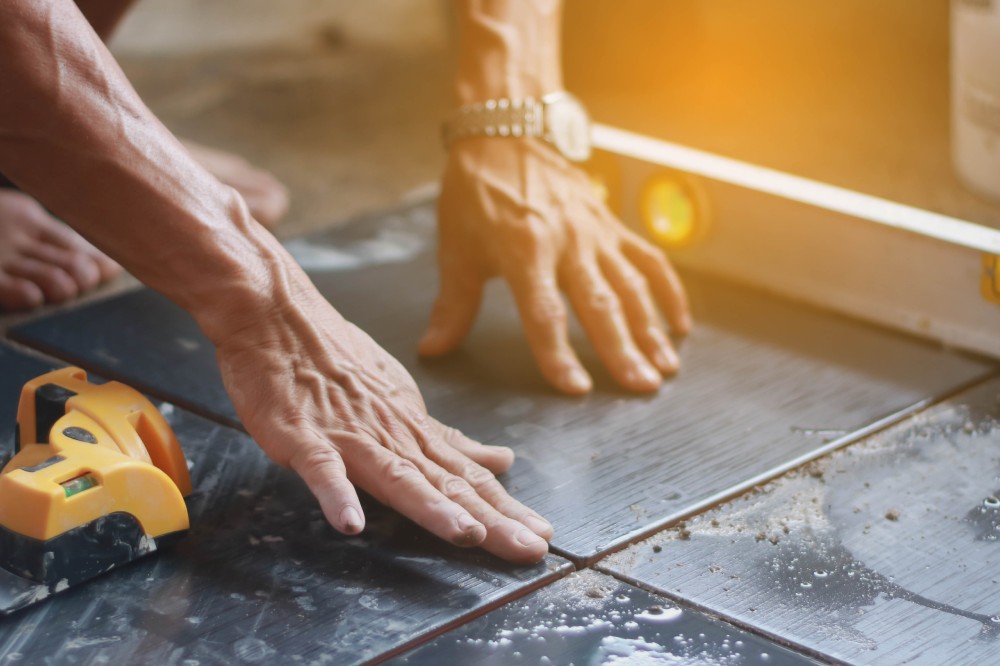
Let’s quickly revisit some of the inalienable benefits of tile flooring.
Tile flooring is versatile, low maintenance, hypoallergenic, and lasts for decades while being cost-effective. It’s the last benefit that we want to focus on here – how much does tile flooring actually cost and can you reach a reliable estimate on your own? Obviously, the best way to estimate tile flooring costs is by getting a quote from a supplier.
However, if you’re looking to do some preliminary research, we have some pointers to share.
Factors Influencing Tile Flooring Pricing
When you visit a hardware store and browse the tile flooring section, you’ll notice quite a broad range in pricing without much transparency as to how those prices were set. Here’s a quick summary of how two important factors are used to determine cost price.
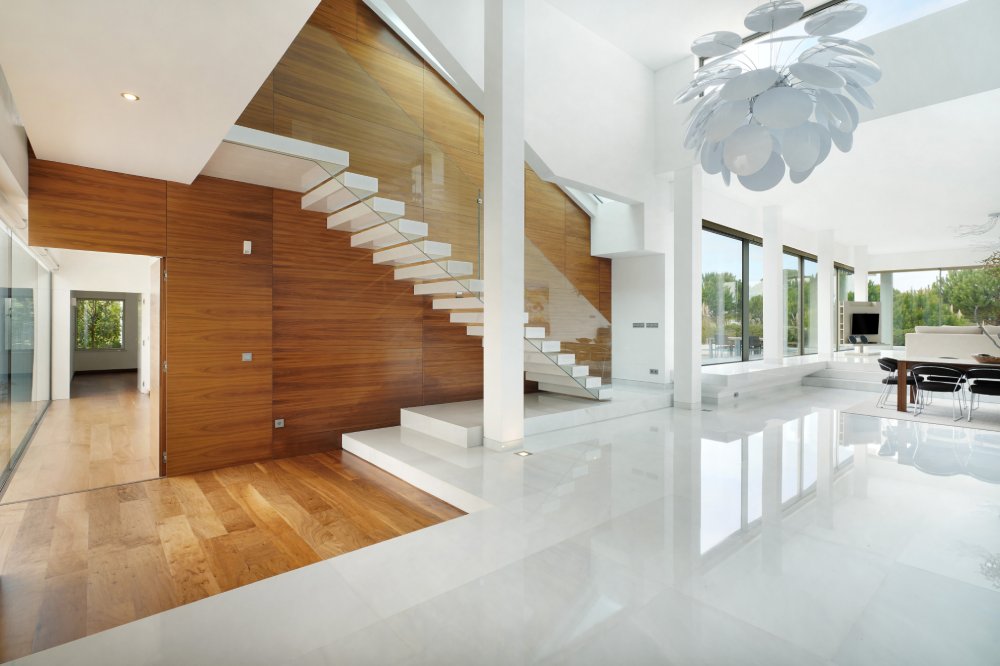
Material
Ceramic Tiles:
Ceramic tiles are one of the most budget-friendly options. They come in various styles, patterns, and colors. The price can range from $1 to $10 per square foot, with intricate designs and larger sizes being on the higher end of the range.
Porcelain Tiles:
Porcelain tiles are more durable and less porous than ceramic tiles. They often mimic the appearance of natural stone or wood. Prices typically range from $3 to $10 per square foot, but can go higher for premium designs.
Natural Stone Tiles:
Natural stone tiles like marble, granite, travertine, and slate are luxurious and durable options. However, they tend to be more expensive due to the inherent qualities of the material. Prices vary greatly based on the type of stone, ranging from $5 to $30 or more per square foot.
Vinyl Tiles:
Vinyl tiles offer a cost-effective alternative that can mimic the look of other materials like wood or stone. They typically range from $1 to $5 per square foot.
Terracotta Tiles:
Terracotta tiles provide a rustic and warm look. Prices can range from $2 to $10 per square foot.
Quality
Tile manufacturers also use something called a Porcelain Enamel Institute (PEI) rating which can influence the price. It’s a scale from PEI 0 to PEI 5 that indicates the level of durability and hardness of a tile’s surface. The PEI rating is used to help determine where a particular tile can be used in terms of foot traffic and wear. The lower the rating, the less durable the tile, the more affordable it will be. In addition to the material you choose, pay attention to the PEI rating to get a clearer idea of your estimate for tile flooring costs.
Two Easy Ways To Estimate Tile Flooring Costs
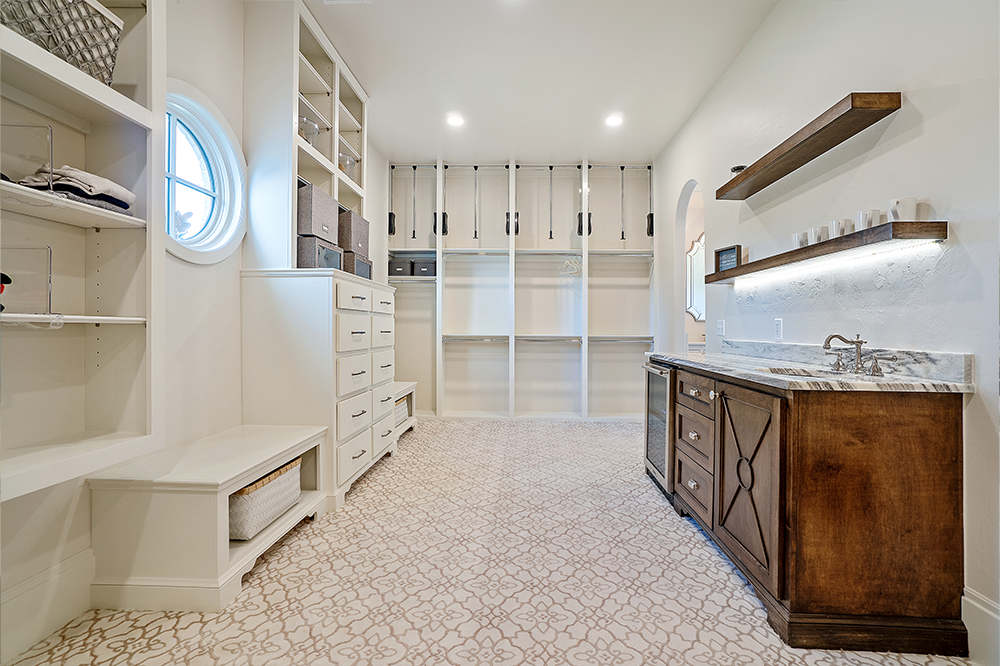
Square Footage
Calculate the total area to be tiled and consider adding a waste percentage to account for cuts and errors (10% is standard). Multiply the area by the cost per square foot of your chosen tile to get an initial estimate.
Tile-By-Tile
Determine the quantity of tiles needed based on the size and layout of the area. Multiply this by the cost per tile to get an estimate. This method is especially useful for intricate designs.
What Other Costs Should You Expect to Pay?
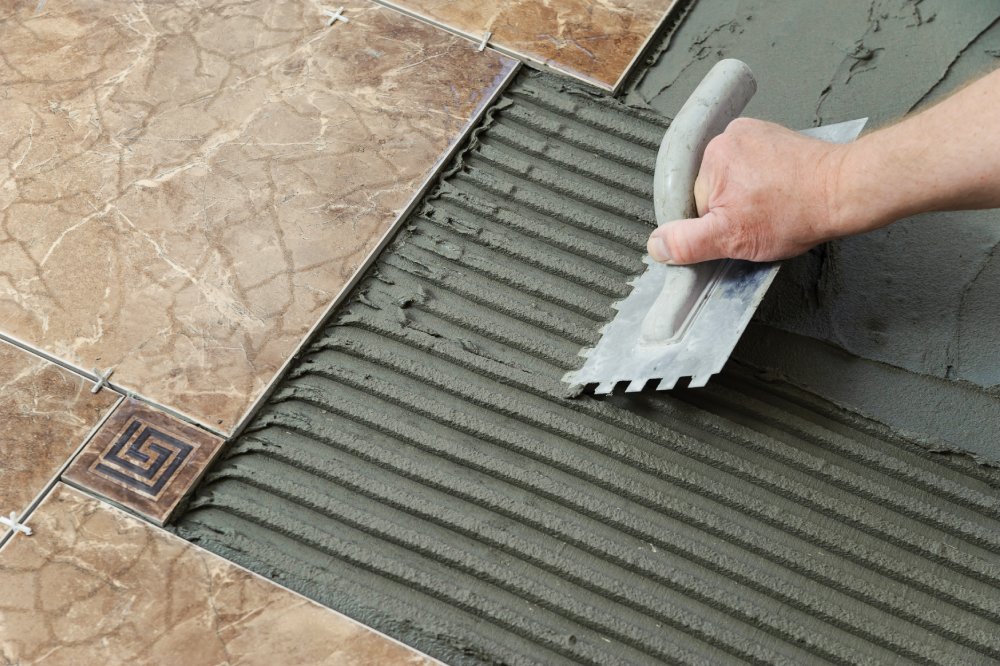 The price of your tiles is only one component of the complete cost of tile flooring. The final cost will depend on a variety of factors, such as:
The price of your tiles is only one component of the complete cost of tile flooring. The final cost will depend on a variety of factors, such as:
- Subfloor preparation – If the condition of your subfloor isn’t ideal, some extra work will have to be done before installation starts.
- Installation costs – Hiring professional installers is the best way to get your tile flooring done without error but it is an added expense.
- Adhesives and tools (if you’re opting for DIY) – If you’re choosing to install your flooring yourself, prepare to pay for all the tools and additional materials that a professional installer would include in their service cost.
Are you dying to get started on your home renovation? We can save you a calculation! Browse our selection of ceramic porcelain and natural stone tiles and contact us to get a quote for raw materials. Now, all you have to do is factor in labor and prep costs, and you have your complete estimate for tile flooring!


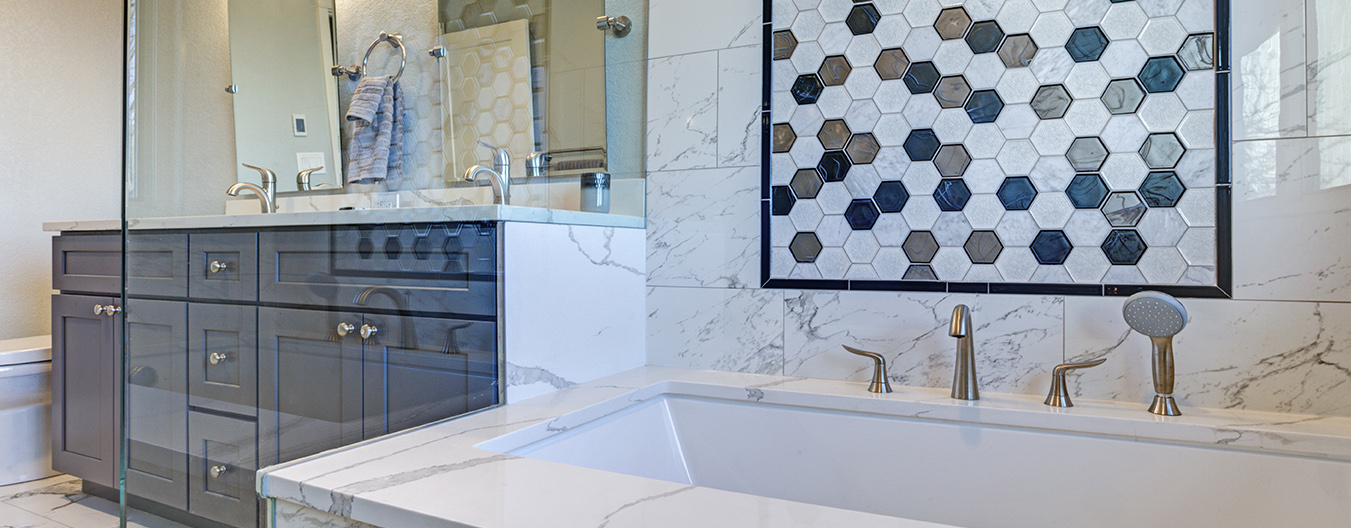
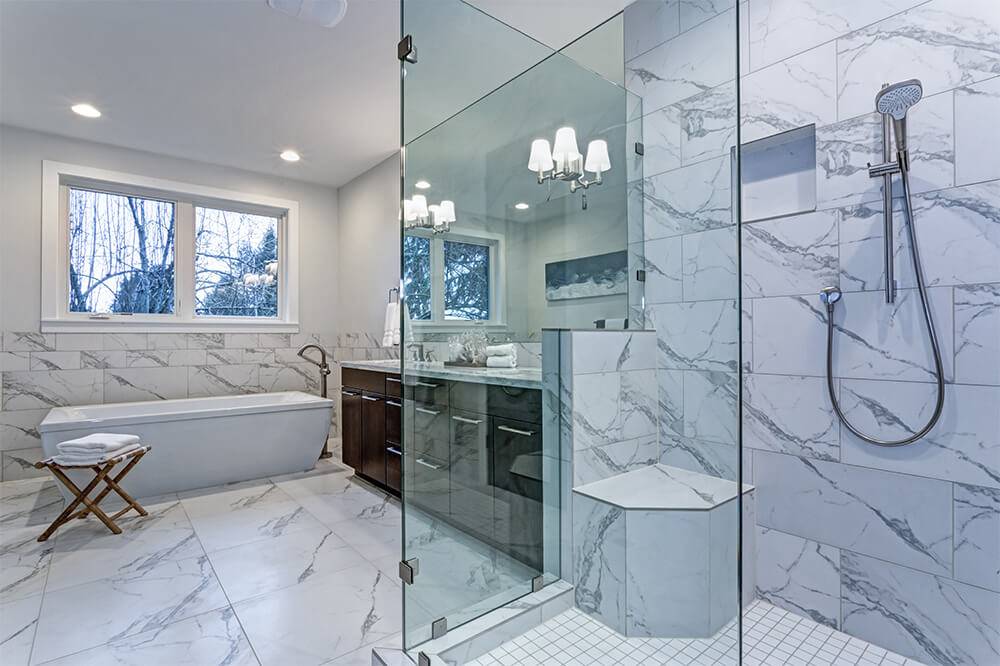
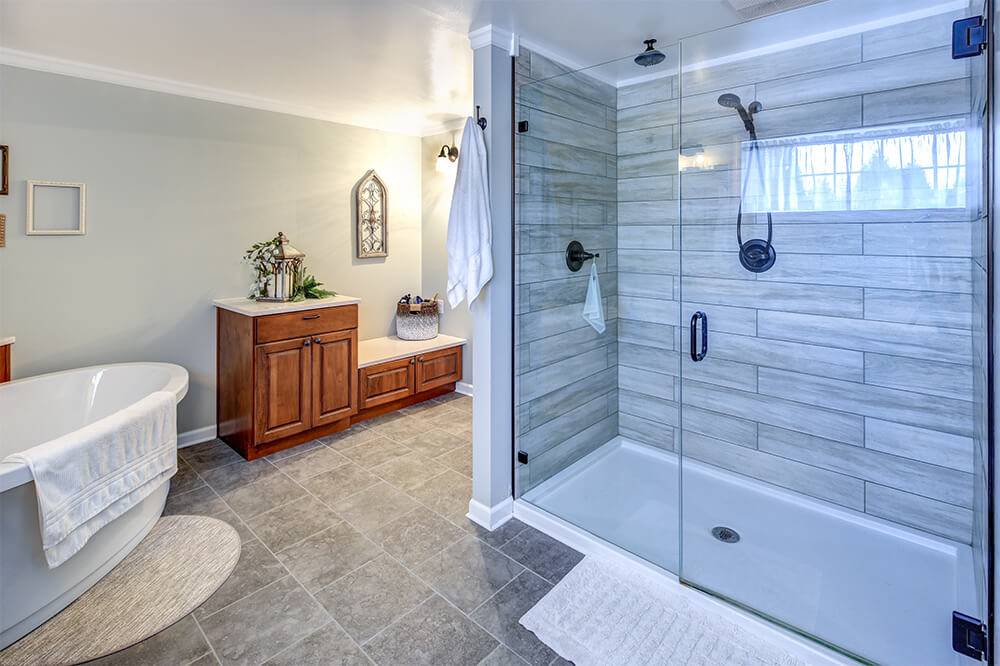
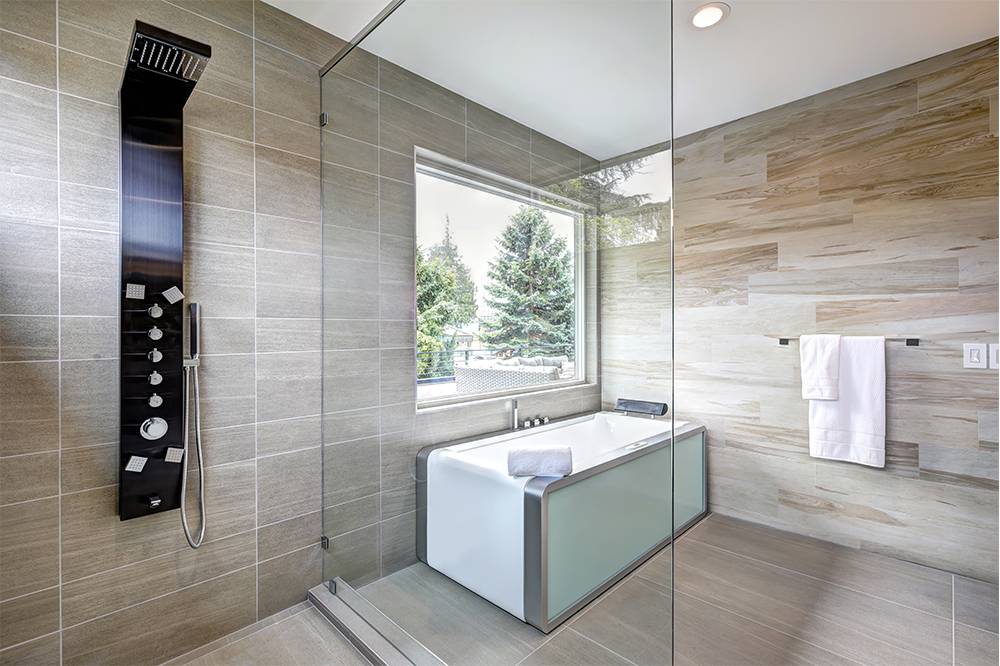
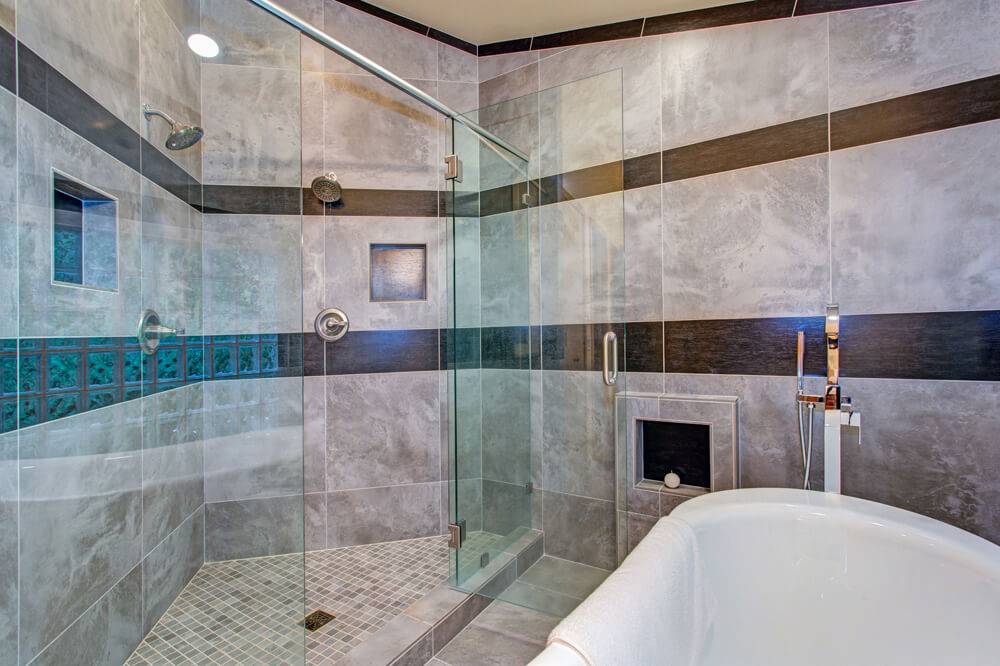
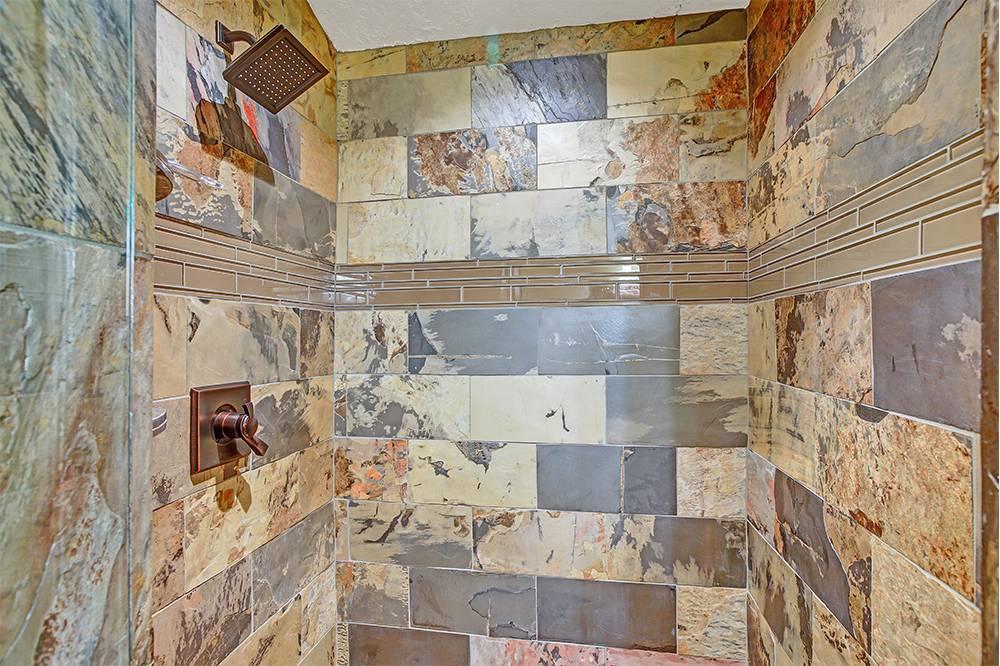
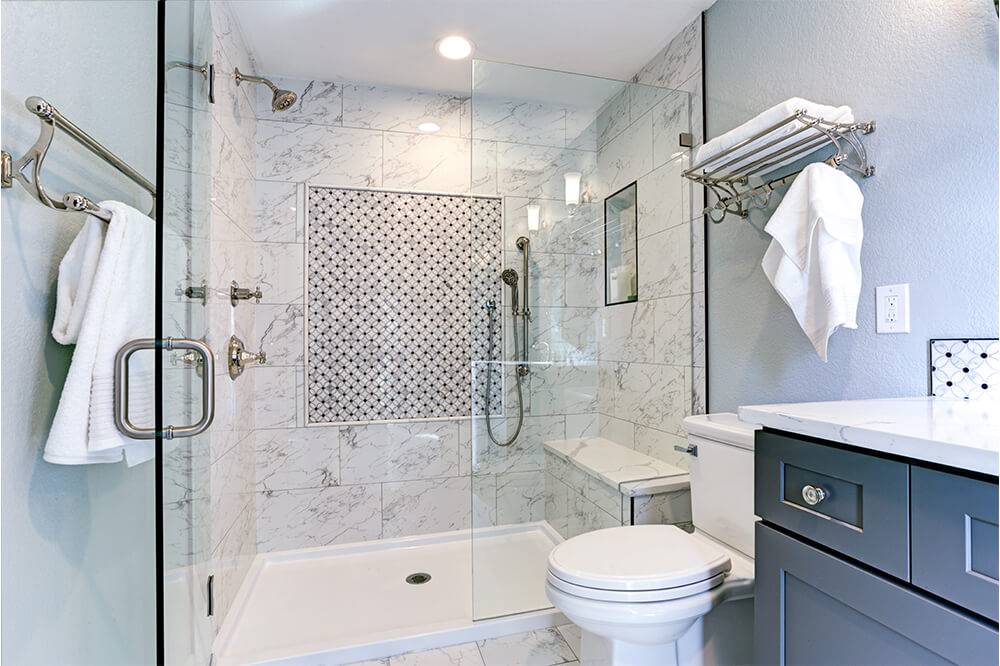
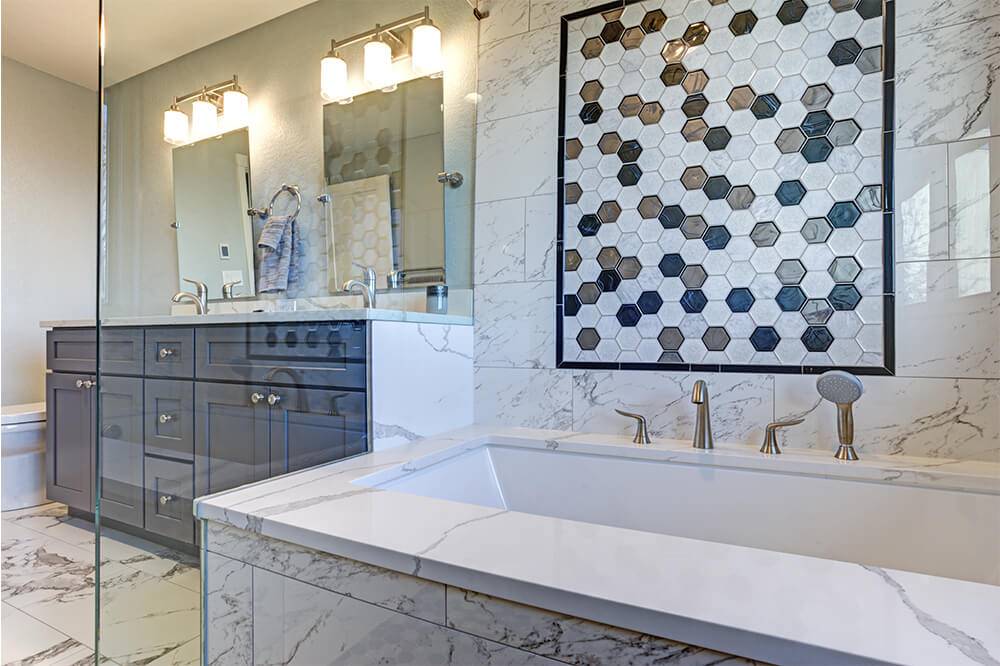
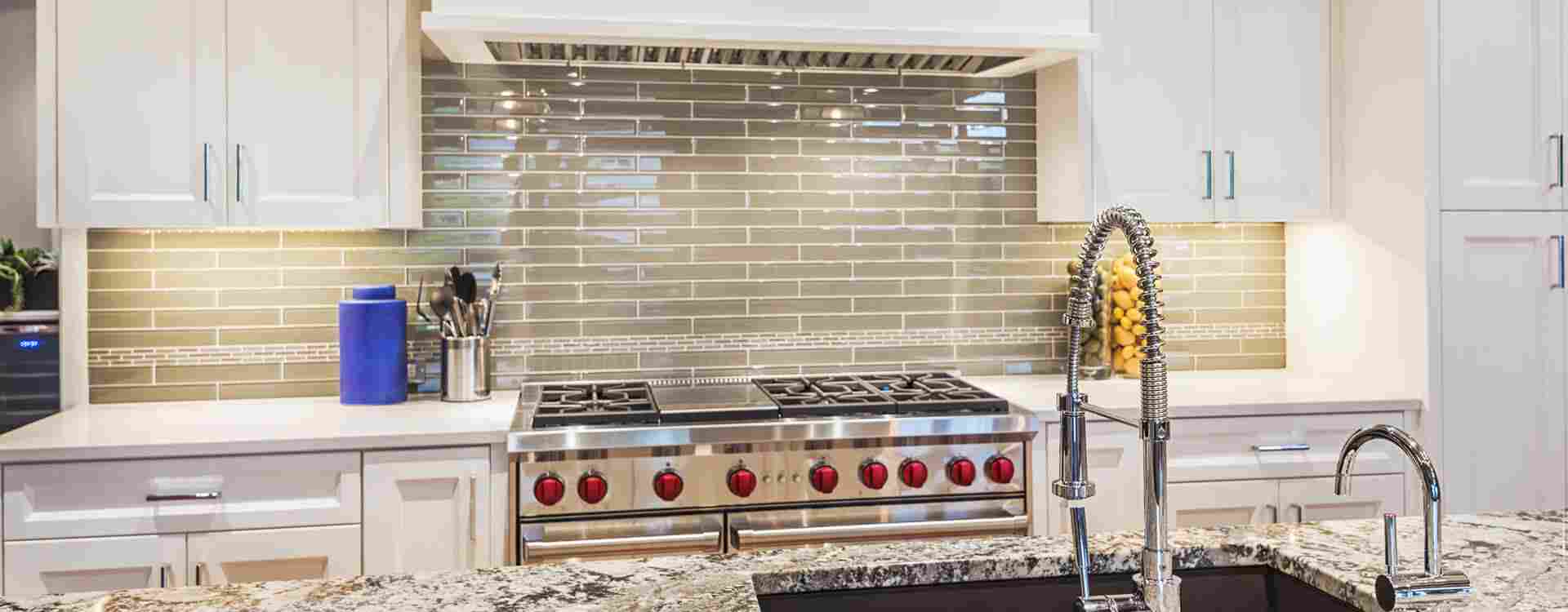
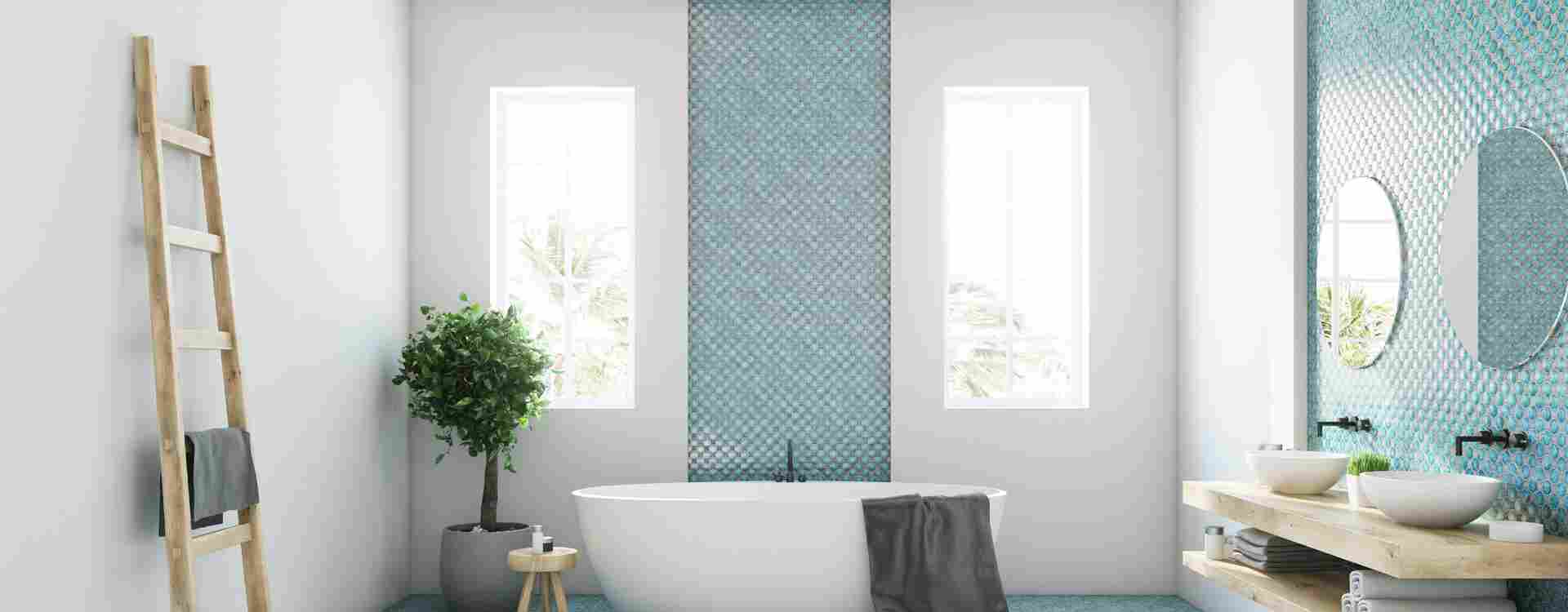
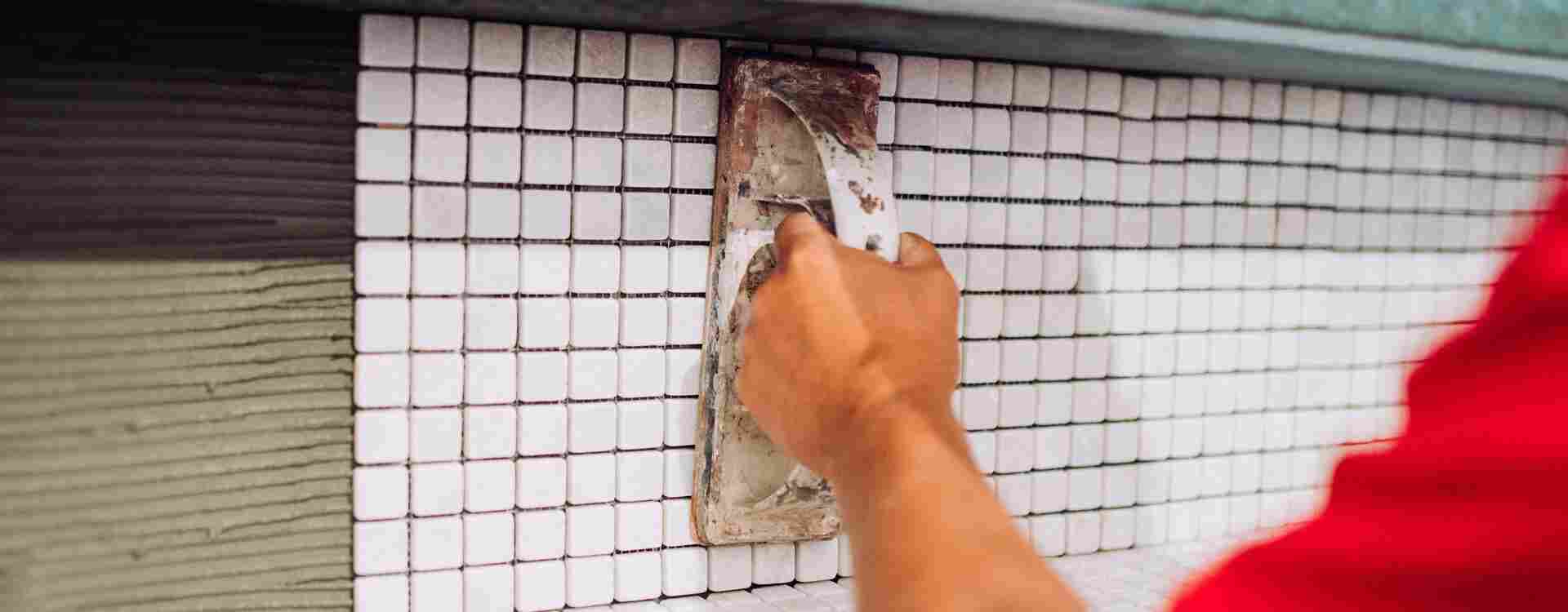

Recent Comments